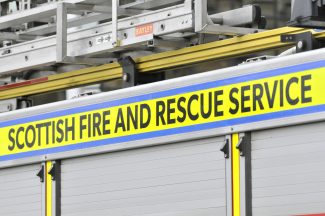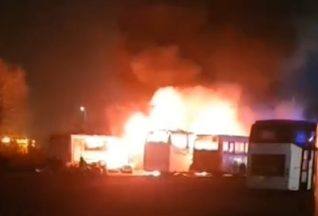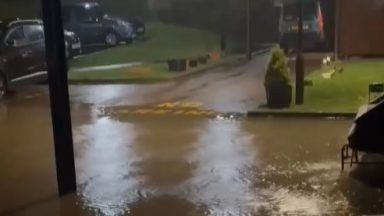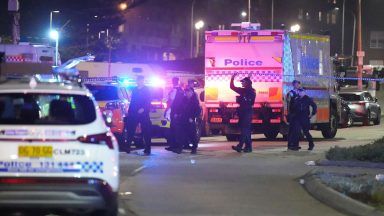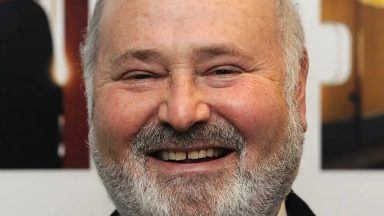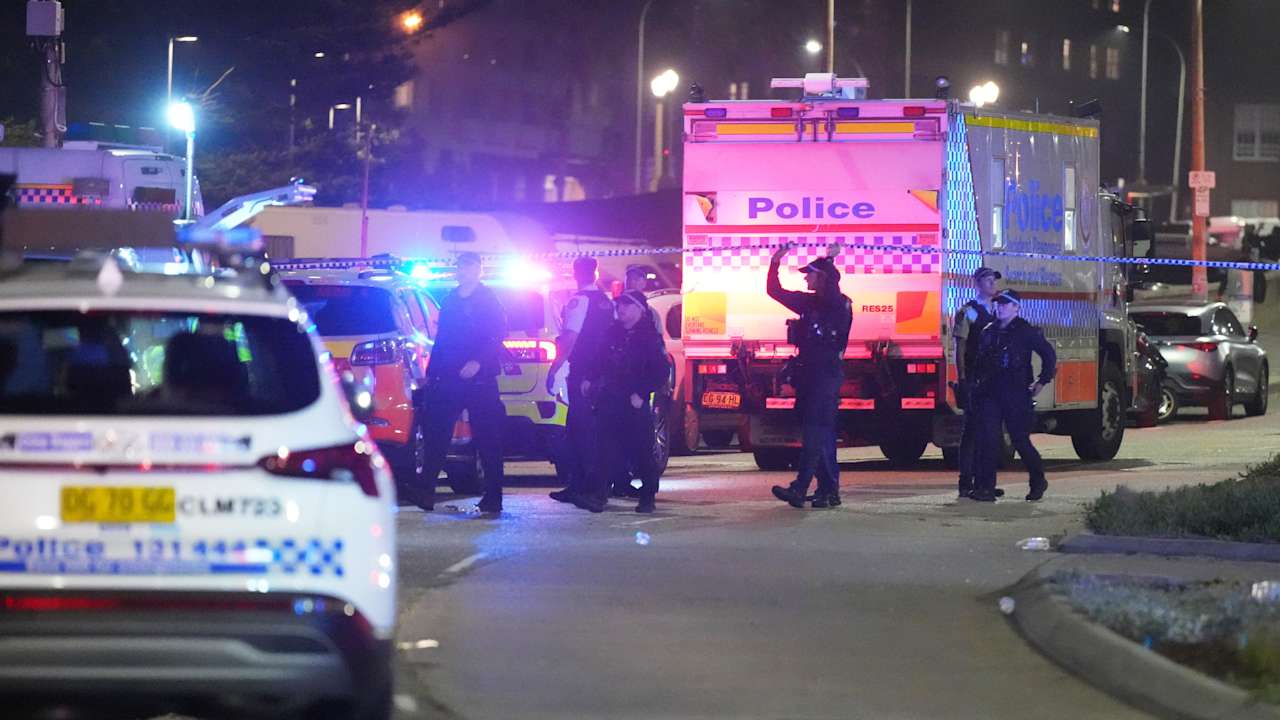A hospital accident and emergency department was “often operating at over 250% capacity” a report has revealed – with inspectors raising “significant concerns” over both patient safety there and the possible impact of overcrowding.
Healthcare Improvement Scotland (HIS) said when it visited the A&E department at Glasgow Royal Infirmary in April 2024 its inspectors raised concerns about “fundamental care needs not being met”.
During that visit, HIS said it found a patient who had been in A&E for more than seven hours, who had not been offered any food, drink or pain relief – while an inspector needed to intervene when a patient “almost fell off a trolley” which was beside a nursing station in the department.
With staff having “reported significant concerns regarding the overcrowding of the emergency department” on a number of occasions, HIS said there had been incidents of patients being discovered in the department who were “thought to have left prior to being reviewed”, as well as “misidentified patients” where tests needed to be repeated and “patients falling from trollies”.
The report added: “We also identified incidents where patients who were waiting in corridors had become critically unwell.”
During the April visit to A&E, which prompted a wider inspection of the whole hospital, HIS said they saw a “lack of co-ordination within the nursing team” in the emergency department.
The report revealed how “several patients” in A&E had approached inspectors for help, seeking “access to food and drink” as well as updates about their care.
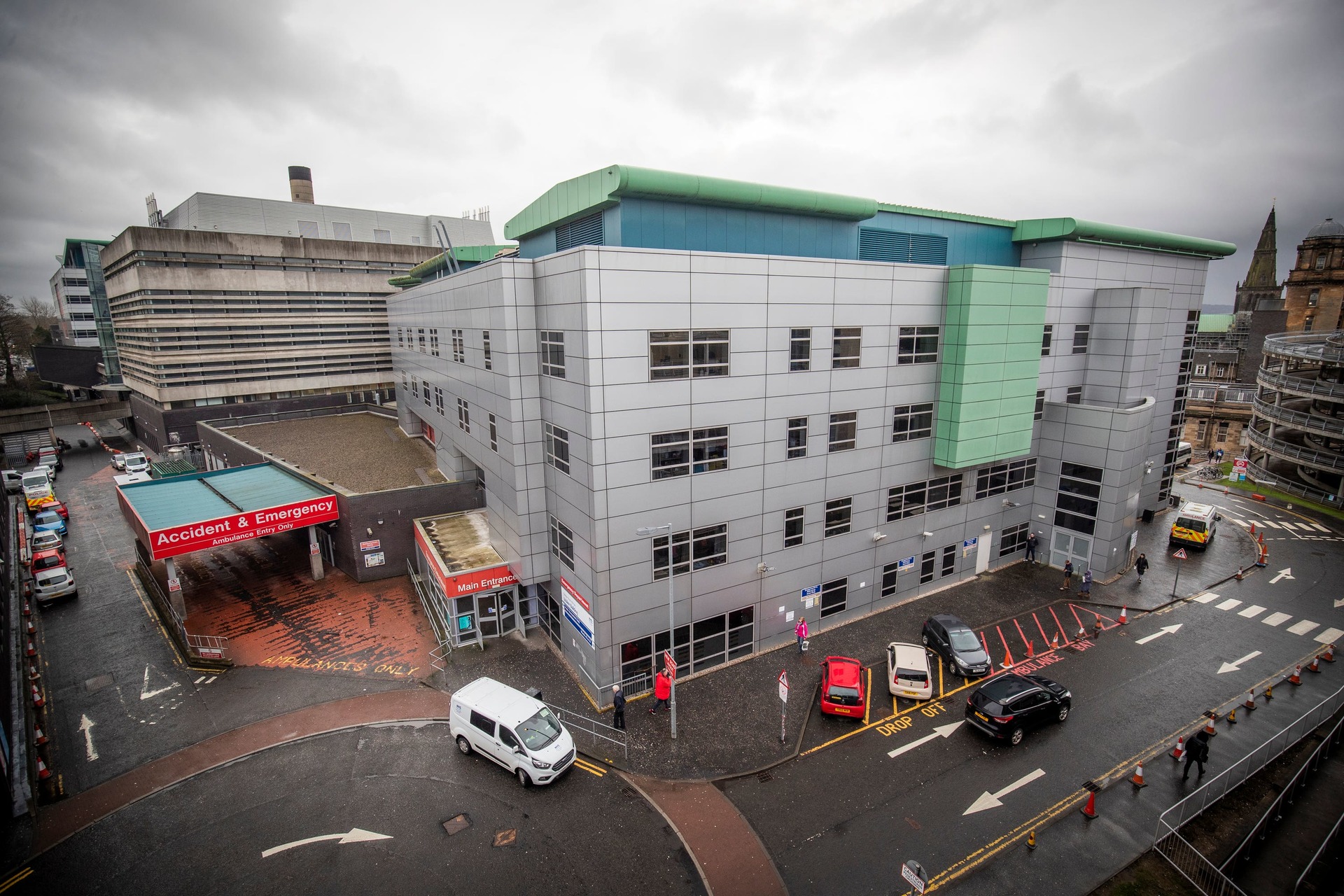 PA Media
PA MediaAfter finding “significant patient safety concerns” when inspectors visited the hospital’s A&E department in April, HIS went on to carry out an unannounced hospital wide inspection of Glasgow Royal Infirmary in June.
A report published on Thursday disclosed details of both visits and revealed 11 requirements had been placed on NHS Greater Glasgow and Clyde, with these made because required standards have not been achieved and inspectors are “concerned about the impact this has on patients”.
The initial visit to the emergency department resulted in inspectors raising “significant concerns in relation to patient safety and the potential impact of overcrowding on fire evacuation safety”.
At the time of both inspections the hospital was operating at 96% bed capacity – above the safe bed occupancy level of less than 85% recommended by both the British Medical Association and the Royal College of emergency medicine.
Staff had “reported significant concerns regarding the overcrowding of the emergency department on a number of dates”, the report stated.
And during their April visit, inspectors found “the emergency department was overcrowded and operating under significant pressure”.
The report revealed that “evidence submitted by NHS Greater Glasgow and Clyde demonstrated that the department was often operating at over 250% capacity”.
NHS Greater Glasgow and Clyde advised “immediate measures” were put in place to deal with concerns after the April inspection.
A fire walkthrough at the hospital resulted in an agreement that there should be “no more than six patients waiting in the ambulance corridor and seven patients waiting on trollies in the main department”.
However, when they made their return visit in June, inspectors were told this change had meant “ambulances may now be delayed in transferring patients into the main department” with the inspectors observing that “ambulances were waiting up to two hours to transfer patients into the emergency department”.
Processes were also put in place for staff caring for patients in corridors, with a nurse and two healthcare support workers being allocated to “provide ongoing care and treatment” for those patients waiting in corridors or around the nursing station.
HIS said that in its second inspection it found that “although the wards and emergency department were busy, patients appeared well cared for”.
Donna Maclean, the chief inspector at Healthcare Improvement Scotland, said: “NHS Greater Glasgow and Clyde responded promptly to our concerns following the initial, focused inspection of the emergency department.
“They provided assurance that immediate key actions had been put in place to improve patient safety within the department.
“We revisited the emergency department as part of the subsequent inspection and saw that significant improvements had been introduced to enhance patient safety and care.”
A spokesperson for NHS Greater Glasgow and Clyde said: “We recognise some aspects of care and standards weren’t what they should have been, and we have taken the report findings very seriously.
“Immediate improvements were made following the inspection, and the inspection in June 2024 recognised the positive and sustained impact of these actions.
“We can confirm that nine out of the 11 requirements published in the report have been completed, with the remaining two on track to be complete by the end of December 2024.”
Follow STV News on WhatsApp
Scan the QR code on your mobile device for all the latest news from around the country


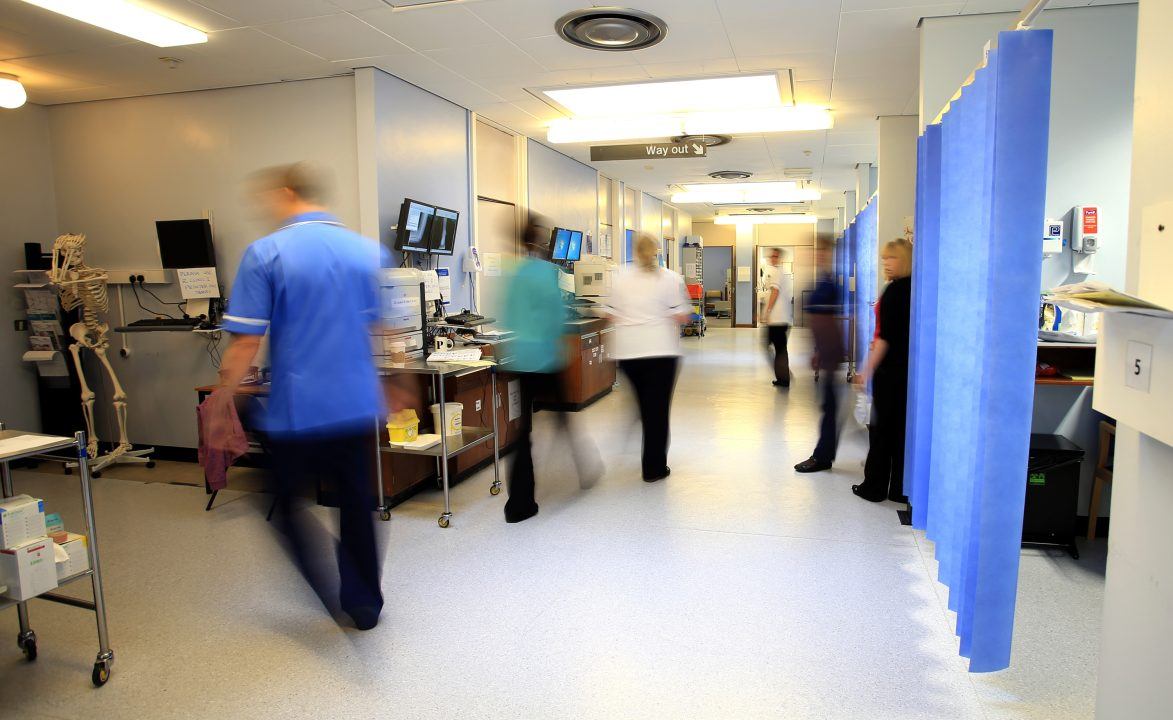 PA Media
PA Media









